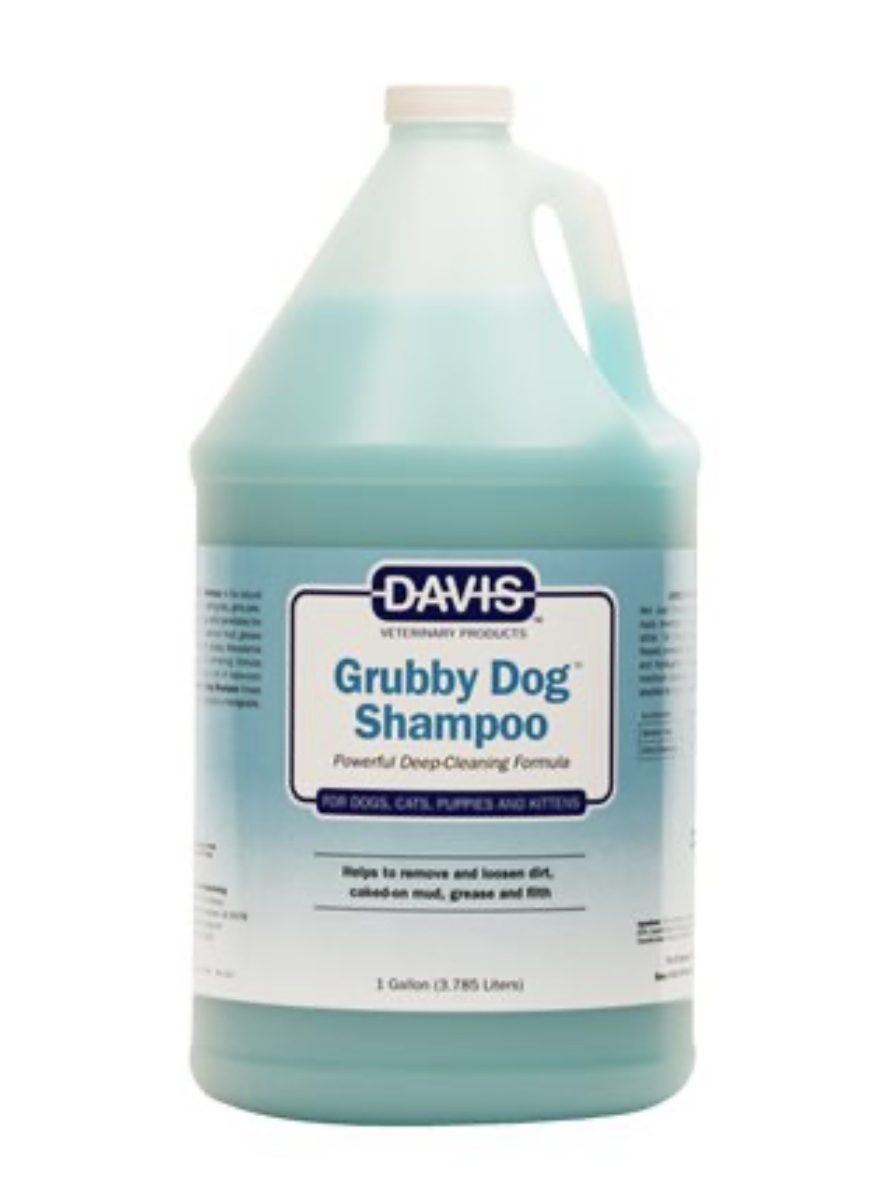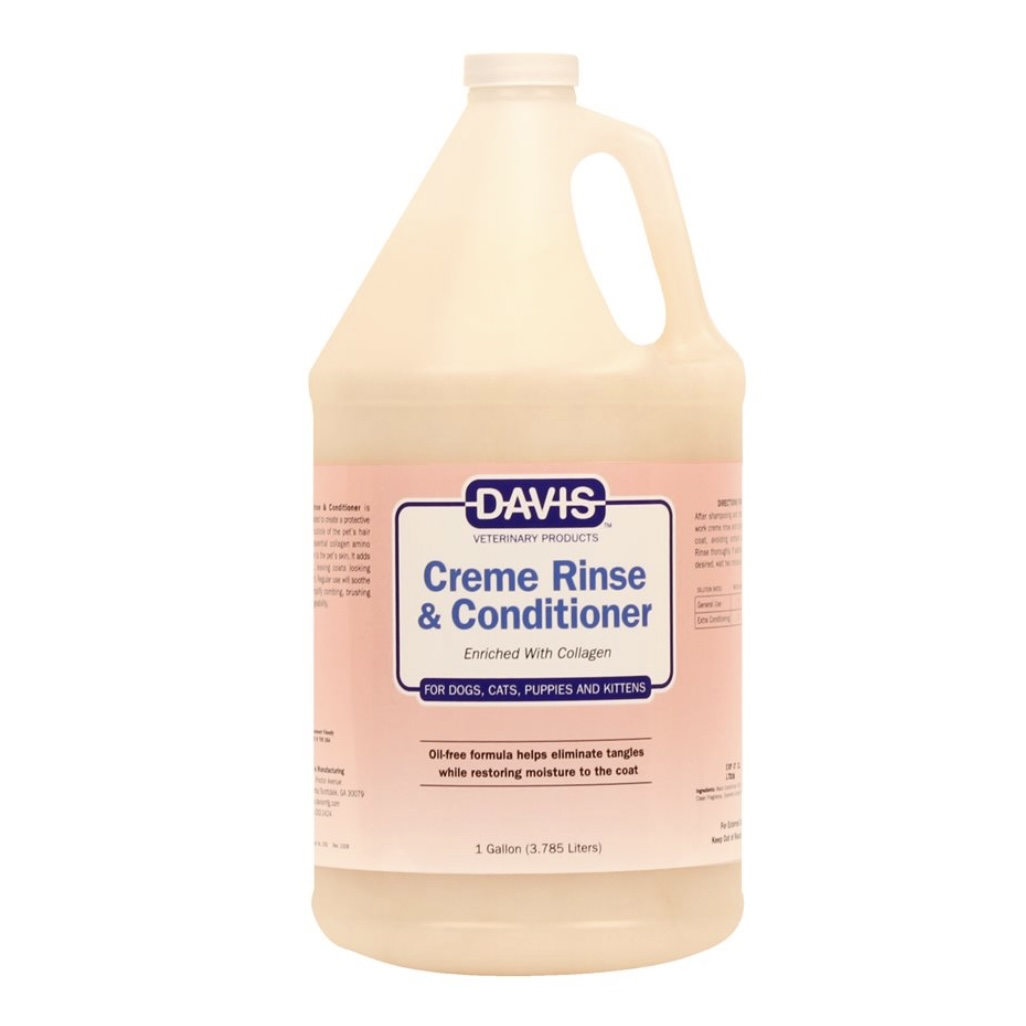If you own a British Longhair cat, you may face a few common challenges that come with their unique care needs. As a professional breeder of British Longhair cats, we’ve gathered some helpful tips to make caring for your furry friend easier:
Managing Shedding
As a long-haired breed, British Longhair cats naturally experience seasonal shedding, especially during spring and winter when the weather changes. This can lead to more noticeable hair loss, and you may find your furniture and clothes covered in their fur. While it’s impossible to stop hair loss completely, there are a few ways to manage the problem.
Fish Oil Supplements For British Longhair Cat
Fish oil won’t stop the natural shedding process, but it can provide significant benefits for your cat’s skin and coat health. The fatty acids in fish oil, especially linoleic acid and alpha-linolenic acid, are key to promoting healthy skin and fur.
The Nutrition Secret in Fish Oil for British Longhair Cats
Fish oil contains linoleic acid, which creates a skin barrier to improve coat quality, and alpha-linolenic acid, which enhances softness while addressing dryness and flakiness. Rich in DHA and EPA, fish oil supports sebaceous glands, boosting squalene production for healthier hair. It also improves circulation, aiding nutrient delivery to the skin and promoting hair growth. DHA and EPA’s antioxidant properties protect hair follicles from oxidation, preventing aging hair. Additionally, the anti-inflammatory effects of DHA and EPA help reduce skin inflammation caused by allergies or infections, supporting overall skin and coat health.
Preventing Fur Knots
British Longhair cats, especially during shedding periods, are prone to developing knots in their fur. To keep your cat’s coat looking its best, it’s important to brush through their fur at least twice a day, paying special attention to the underarms, belly, and tail. We recommend using the following grooming tools for effective detangling:
1. Catit Long Dematting Tool
2. Chris Christensen 6-inch Dual Tooth Butter Comb
3. Chris Christensen Pin Brush
Trimming
British Longhair can sometimes have their fur become soiled, especially around the backside. To maintain cleanliness, it’s important to trim the fur in specific areas, such as around the butt and thighs, using either scissors or a trimmer. This helps keep your cat tidy after using the bathroom.
Bathing Routine
Regular baths are essential to keeping your British Longhair cat’s coat clean, smooth, and shiny. Typically, we bathe our cats every two months to maintain their appearance. We use Davis shower gels and conditioners to ensure a gentle, thorough cleanse that keeps their fur soft and healthy. Davis Grubby Dog™ Shampoo is the perfect solution for cleaning dirty, grimy pets. Its rich, deep-cleansing lather works to penetrate the coat, loosening dirt, mud, grease, and filth. Formulated with Jojoba, Macadamia, and Olive Oil, this non-drying shampoo is ideal for any pet in need of a makeover. It rinses quickly and thoroughly, leaving the coat shiny, manageable, and refreshed. The shampoo is concentrated at 50:1, making it both effective and economical. Davis Creme Rinse & Conditioner is specially designed to create a protective layer on each hair shaft, while also restoring essential collagen amino acids and moisture to your pet’s skin. It adds volume and shine, leaving coats looking healthy and radiant. With regular use, it helps soothe dry coats and makes combing and brushing much easier. This conditioner can be diluted at a 7:1 ratio for optimal results. By following these tips, you’ll help your British Long-Haired cat stay comfortable, healthy, and looking beautiful year-round!


Reference Link:
Fish Oil: (https://www.petmd.com/cat/general-health/fish-oil-cats)
Davis Shampoo: (https://davismfg.com/)
Longhair Cat Care: (https://www.animalclinicofwoodruff.com/pet-blog/prevention-health/how-to-care-for-long-cat-hair)
Longhair Cat Grooming Guide: (https://embassylakesanimalhospital.com/blog/grooming-long-haired-cat/)
